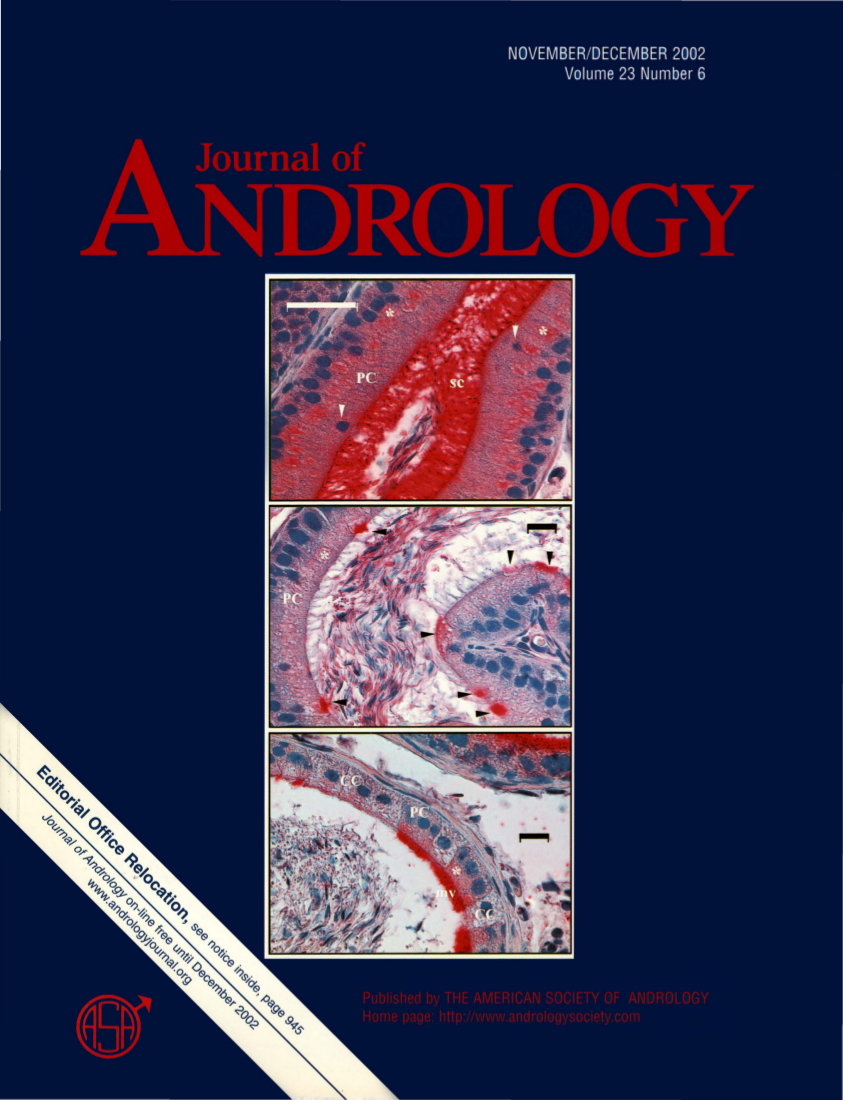Potential Involvement of Kallikrein hK2 in the Hydrolysis of the Human Seminal Vesicle Proteins After Ejaculation
Abstract
ABSTRACT: We have recently demonstrated in liquefied human seminal plasma the presence of the novel kallikrein hK2 in association with protein C inhibitor (PCI) as a 75-kDa complex. In the present study, we showed that hK2, immediately after ejaculation, was recovered only in its free form but complex formation with PCI occurred rapidly thereafter and was completed within 10 minutes. That reaction required an enzymatically active kallikrein. In order to determine the patterns of hydrolysis of major seminal vesicle proteins, semenogelins and fibronectin were exposed to hK2 and to hK3 (prostate-specific antigen or PSA) and cleavage sequences were identified by N-terminal sequencing. Free hK2 was able to hydrolyze semenogelins and fibronectin in vitro. Most of cleavage sites were at the carboxyl-side of arginyl residues. Semenogelins were hydrolyzed to a similar extent by catalytic (and similar) concentration of either hK2 or PSA though no common cleavage sites was identified for both proteinases. Unlike semenogelins, fibronectin was hydrolyzed much more efficiently by hK2 than by PSA. These results show that hK2 is enzymatically active during a short period of time after ejaculation, that major seminal vesicle proteins can be the target of this proteolytic activity, and that hK2 and PSA have different substrate specificities.




